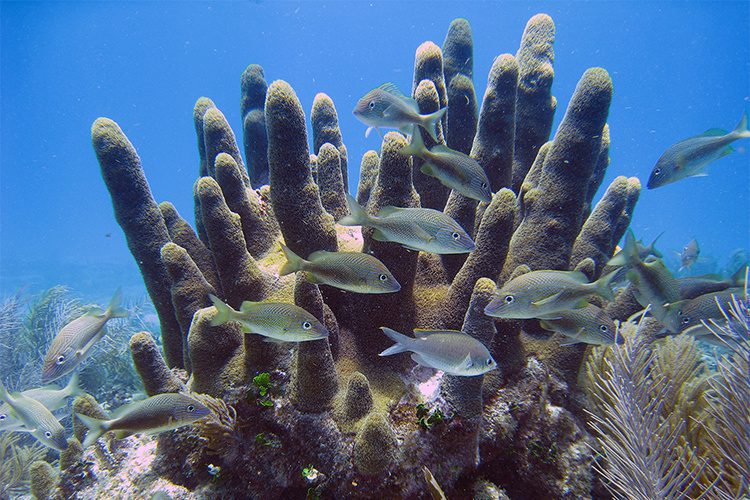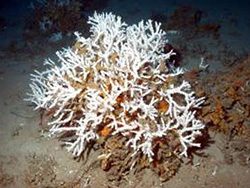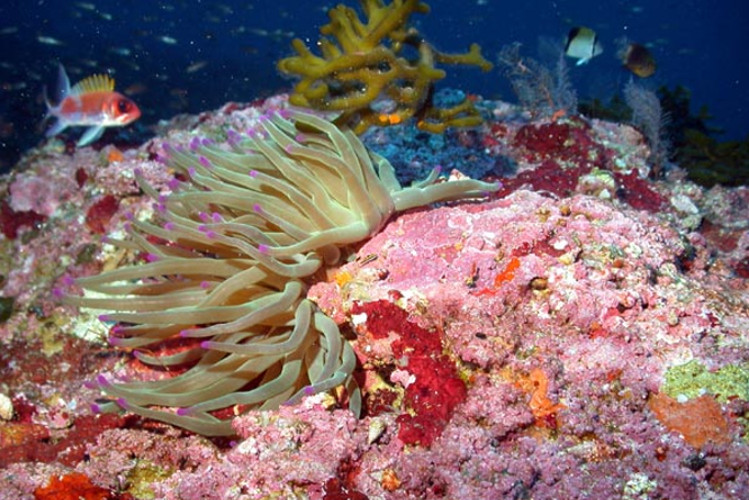Understanding what corals need to survive is crucial to protect and conserve them, particularly in this time of changing climate. Improved knowledge of coral life histories, vulnerabilities, and threats aids managers. Additionally, such information can help the Council provide feedback when asked to weigh in on research recommendations for areas, species, or fisheries. New information… Continue Reading Threatened Corals in the Gulf
2019
Life History and Climate Change Impact to ESA-listed Corals
In September 2014, NOAA Fisheries published a federal register notice that listed seven coral species as threatened under the Endangered Species Act. Understanding life history and the effects of climate change on these species is crucial to protect them. This storyboard explores what life history means and why it’s important, how life history and climate… Continue Reading Life History and Climate Change Impact to ESA-listed Corals
A closer look at the Ivory Tree Coral
The ivory tree coral (Oculina varicosa) can be found in shallow and deep waters. In shallow waters, it is often patchily distributed on coarse shelly reef. However, in deeper water, it can occur as a massive, bush-like aggregation. Oculina reefs typically occur in regions on the shelf edge where water flows upward from depth. It… Continue Reading A closer look at the Ivory Tree Coral
Lophelia pertusa: A Closer Look
Lophelia pertusa is a prominent deep-sea coral in the Gulf of Mexico and one that plays a significant role in the designation of Habitat Areas of Particular Concern. So, it’s going to be the first in a series of deep-water corals we’ll be profiling in storyboards.We’re going to dig in a little deeper to find out… Continue Reading Lophelia pertusa: A Closer Look
Coral HAPC Explorer
The Gulf of Mexico Fishery Management Council is considering changes to current Habitat Area of Particular Concern (HAPC) designation based on new information that has identified additional sensitive areas supporting deep-water corals in the Gulf. This map allows you to explore coral data and locations of current and recommended HAPCs. We understand that spatial data… Continue Reading Coral HAPC Explorer





